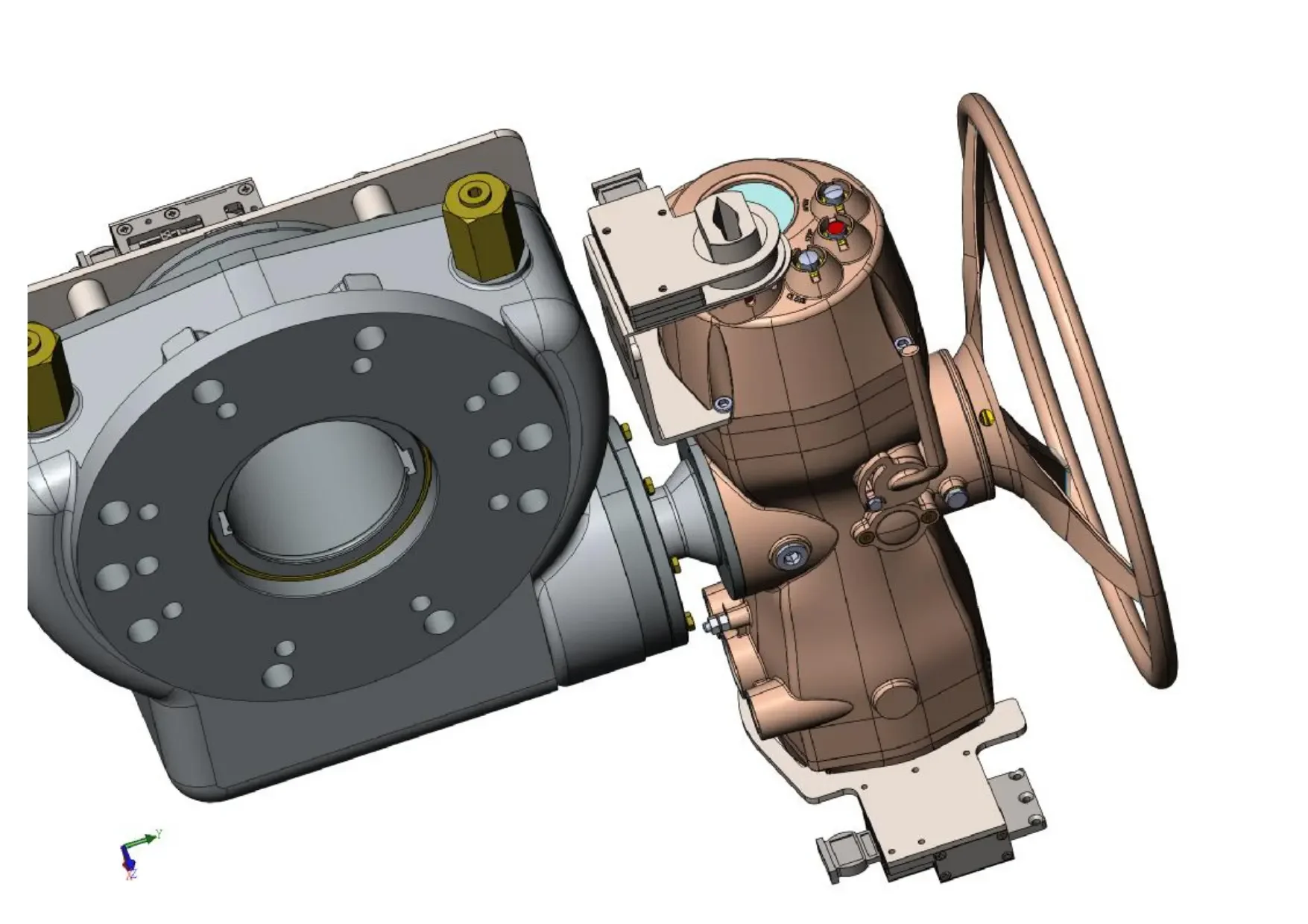A valve interlock is a device used to control fluid flow to ensure correct operation of a valve under certain conditions. The classification and characteristics of valve interlock mainly include mechanical interlock, electrical interlock, and hydraulic interlock.

Mechanical interlock is the most common type of valve interlock. It mechanically connects two or more valves so that they must be operated in a specific order. The mechanical interlock is characterized by simple structure, high reliability and low cost. It is suitable for various working conditions, especially in harsh environments, such as high temperature, high pressure, corrosion and other conditions, the mechanical interlock can ensure the normal operation of the valve. In addition, the mechanical interlock can also be customized to meet different process requirements.
Electrical interlock is an interlock method that uses electrical signals to control valve operation. It connects the valve with the control system through an electrical device. When the control system sends out a signal, the electrical interlock can automatically control the opening and closing of the valve. The electrical interlock is characterized by convenient operation, high flexibility and fast response. It is suitable for occasions that require frequent operations, such as automated production lines, industrial control systems, etc. In addition, the electrical interlock can also be linked with other equipment to realize automatic control and improve production efficiency.
Hydraulic interlock is an interlock method that uses hydraulic pressure to control valve operation. It connects the valve with the hydraulic system through a hydraulic device. When the hydraulic system sends a signal, the hydraulic interlock can automatically control the opening and closing of the valve. The hydraulic interlock is characterized by great strength, good stability and high reliability. It is suitable for large equipment, heavy machinery and other occasions that require greater strength. In addition, the hydraulic interlock can also be adjusted as needed to meet different process requirements.
Different types of valve interlocks have their own advantages and disadvantages in application. Mechanical interlock has the characteristics of simple structure and high reliability, and is suitable for various working conditions, but the operation is relatively cumbersome. The electrical interlock has the characteristics of convenient operation and high flexibility. It is suitable for occasions requiring frequent operations, but it has high requirements for electrical equipment. The hydraulic interlock has the characteristics of high strength and good stability, and is suitable for large-scale equipment, heavy machinery and other occasions that require greater strength, but the maintenance of the hydraulic system is more complicated.
To sum up, a valve interlock is a device used to control the flow of fluid, which ensures the correct operation of the valve. Mechanical interlock, electrical interlock and hydraulic interlock are common valve interlock methods, each of which has its own characteristics and is suitable for different working conditions and needs. In practical applications, the appropriate interlocking method can be selected according to the specific situation to ensure the safe operation of the valve.
https://www.nudango.com/Classification-and-characteristic-of-valve-interlock.html